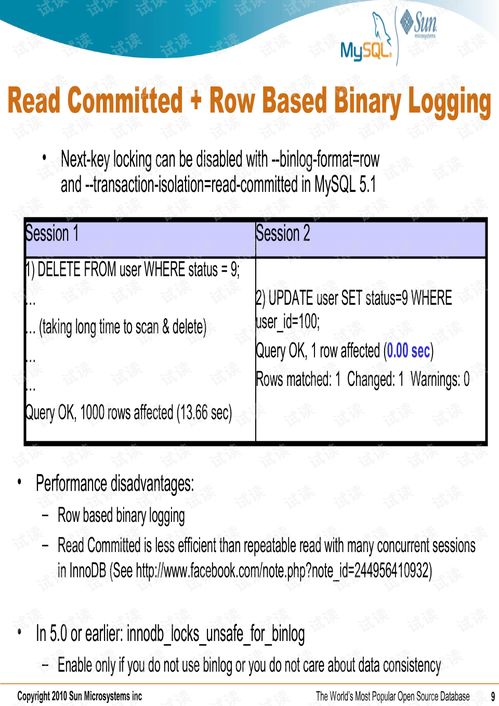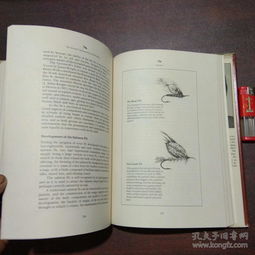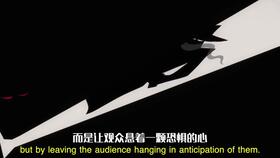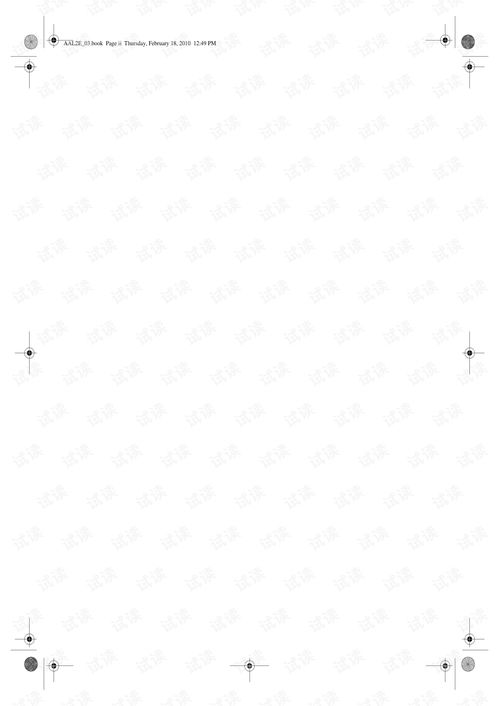Content:
Fishing, an age-old pastime, has always been a test of patience, skill, and understanding of the aquatic environment. Among the various fishing techniques, one of the most sought-after goals is to catch big fish. Whether you are a seasoned angler or a beginner, mastering the art of baiting and adjusting the bobber can significantly increase your chances of reeling in a trophy-sized catch. In this article, we will delve into the essential techniques for perfecting the baiting and bobber adjustment to enhance your big fish fishing experience.
Understanding the Bobber
The bobber, also known as a float, is a crucial tool in the angler's arsenal. It helps you detect when a fish is biting by showing movement on the water's surface. When selecting a bobber, consider its size, buoyancy, and visibility. Larger bobbers are ideal for deeper waters and heavier baits, while smaller ones are better for lighter baits and shallow waters. A brightly colored bobber is easier to spot, especially in murky waters.
Choosing the Right Bait
The type of bait you choose can greatly influence your success in catching big fish. Live bait, such as worms, leeches, or minnows, often attracts larger fish due to their natural movement and scent. Artificial baits, like soft plastics or spinnerbaits, can also be effective, especially when targeting specific species.
Techniques for Baiting
Properly baiting your hook is the first step in the process. Here are some tips to ensure you're doing it right:
- Select the Right Hook Size: For big fish, use a larger hook that can handle the weight of the bait and the force of a strong pull.
- Thread the Bait Thoroughly: Make sure the bait is well-threaded onto the hook. This will prevent it from falling off during the fishing process.
- Use a Weighted Hook: If you're fishing in deeper waters, use a weighted hook to ensure your bait sinks to the desired depth.
- Avoid Overloading the Hook: Too much bait can hinder the natural movement of the bait, making it less attractive to fish.
Adjusting the Bobber

Once your bait is properly set, it's time to adjust the bobber. Here are some steps to follow:
- Choose the Right Position: The bobber should be positioned above the bait, allowing it to sink naturally. The depth of the bobber will depend on the water's depth and the species you're targeting.
- Adjust the Sensitivity: If you want to be more sensitive to bites, set the bobber higher in the water column. Conversely, if you're looking for more aggressive strikes, lower the bobber closer to the bait.
- Use the Right Line: Thicker lines are more visible to fish and can handle heavier baits and stronger pulls. However, they may also be more resistant to sensitive bites. It's a balance between visibility and sensitivity.
- Check for Leaks: Ensure that your line is free of leaks, as a slow leak can cause the bobber to sink unexpectedly and alert fish to your presence.
Fishing Techniques for Big Fish
- Patience is Key: Big fish are often cautious, so it's important to be patient and wait for the right moment to set the hook.
- Present Your Bait Naturally: Fish are more likely to bite if your bait is moving in a natural and lifelike manner.
- Be Mindful of Currents: Understand the currents in the area, as they can affect the way your bait moves through the water.
- Use the Right Equipment: Ensure that your rod, reel, and line are capable of handling the weight and strength of big fish.
Conclusion
Catching big fish requires a combination of skill, knowledge, and the right equipment. By mastering the techniques of baiting and adjusting the bobber, you can significantly improve your chances of reeling in a trophy-sized catch. Remember, fishing is as much about the experience as it is about the catch, so enjoy the journey and cherish every moment on the water. Happy fishing!












